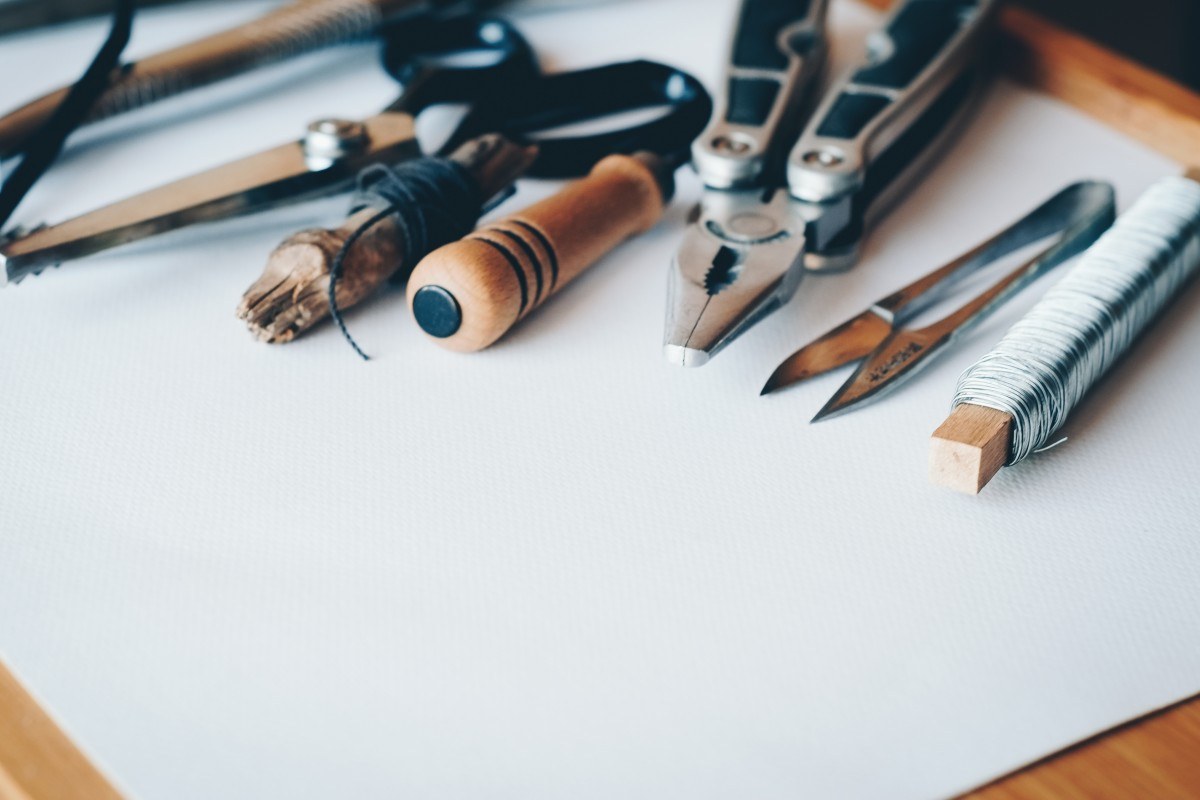The fact that you’ve come looking for this blog suggests- you are prudent to be thinking about your home maintenance budget.
However, it’s not difficult to get caught up in purchasing a new home and let the thoughts of maintenance and repair slip your mind. After all, you’ve been working hard towards buying your dream house.
But like they say, with great powers comes great responsibility. So one of the most challenging responsibilities that come with the power of homeownership is home maintenance.
Unlike what most new homeowners expect, homeownership costs go beyond the down payment, mortgage fees, closing costs, and taxes.
It also encompasses the cost of maintaining and repairing as and when needed in the future. Since most things in a home have a certain lifespan, repairs will eventually be required. However, with some planning and foresight, you can anticipate and budget for planned and unplanned maintenance or replacements.
As per a leading home warranty company, Landmark- while home maintenance calls for your time, money, and dedication, keeping everything in and around your new home in good condition is still crucial. It saves repair costs, keeps your home running efficiently, increases its worth, and brings peace of mind.
Nonetheless, if you feel that allocating the budget for anticipated costs is a real struggle when you’ve just purchased a new home, we’ve got your back.
Keep reading our “Top ways to effectively budget home maintenance” list to learn to tweak your budget for home maintenance and prevent unexpected expenses from draining your financial health.
Save for your ongoing maintenance
The most popular view on saving for home maintenance is to set aside 1-4% of the home purchase price yearly.
If it’s a new property, say less than five years, then 1% is an appropriate amount because the components are new and many of them are still under warranty. If your home is 25 years or older, 4% is a good number. And for every home in between 5 and 25 years, the budget varies between 1-4%.
Saving some hundred dollars every month for future maintenance issues like roofing repairs, new appliances, plumbing leaks, sewer line fixes, HVAC failures, etc., will leave you with a reserve that comes in handy when you need to pay for those things.
Have A Separate Online Savings Account
The key here is to save and isolate money in a relatively liquid form that can be withdrawn quickly when a home repair emergency crops up.
High-yielding online savings account dedicated exclusively to home upkeep enables you to pay for unexpected expenses. What’s more? Consider funding this account with automatic transfers for more convenience.
How to estimate the amount to be transferred?
We suggest you set the baseline for the home maintenance budget using The 1% rule or The square-footage rule and then customize the number by taking into account the age of your property, its geographic location, and the building material used.
Guaranteed Investment Certificate Laddering
If the idea of saving up for a home investment budget with ensured return rates and no risk of losing money piques your interest, a Guaranteed Investment Certificate (GIC) is for you!
However, this popular investment vehicle suffers a major downside- it’s not meant to be touched for a set amount of time.
Here’s when GIC laddering comes into play.
Using the laddering technique, you divide and invest funds with laddered maturity dates. This way, you can ensure higher rates on long-term investment and reduce the impact of changing interest rates while still accessing your money whenever the need for home renovations arises.
Bottom Line
Setting aside the funds for home maintenance might be an overwhelming feat. But in the end, it boils down to protecting the assets you’ve slogged away to purchase for a more extended period. So, use these tips to make owning a home a worthwhile experience.


